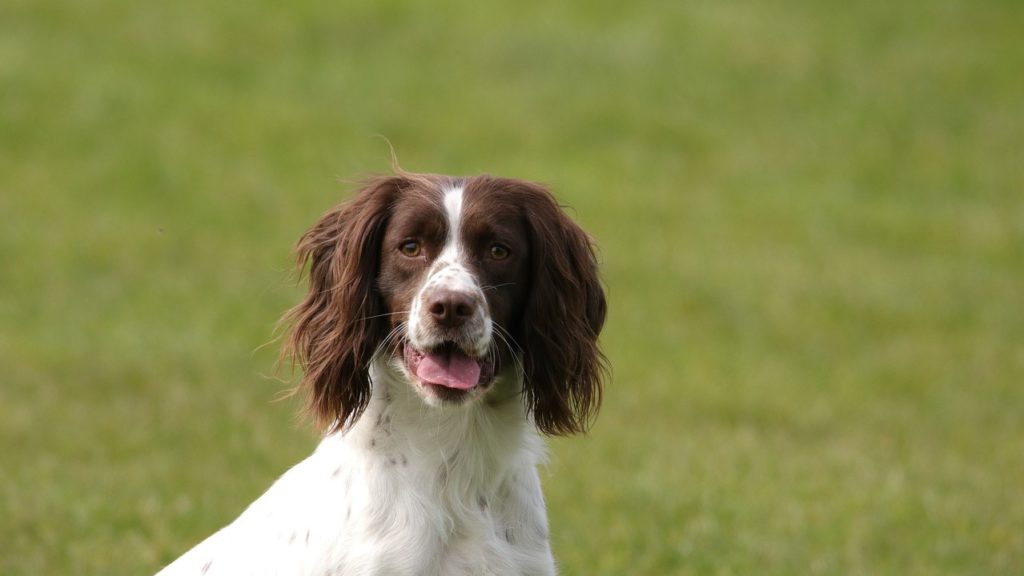Busy in biocontrol: spotlight on weed researcher Jennifer Andreas
Meet Jennifer Andreas, who has collaborated with CABI on a number of biological control projects since 2000, in this profile originally published by the North American Invasive Species Management Association (NAISMA).
Dogs can sniff out huanglongbing months before symptoms appear
Study finds that using dogs to survey for citrus greening disease is more accurate and efficient than current methods. Huanglongbing, or citrus greening disease, is a bacterial disease of citrus plants cause by Candidatus Liberibacter spp. It is thought to have been primarily an insect endophyte, but made the jump to its alternative host – citrus plants…
Potential Slug Invasions and their Impact on UK Biosecurity (Part 2)
By Dr Jenna Ross Guest writer, Dr Jenna Ross, from Crop Health and Protection (CHAP), joins us for the second of her two-part special series (read part 1) on the outputs of her prestigious Nuffield Farming Scholarship. Jenna spent 26 weeks travelling the world studying all aspects of slug invasions and slug control, and in…




